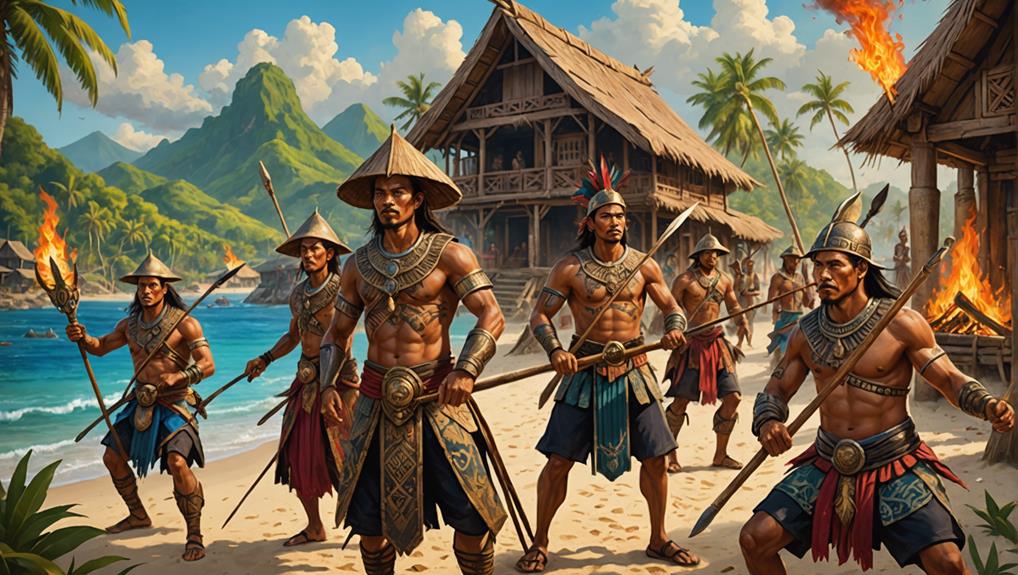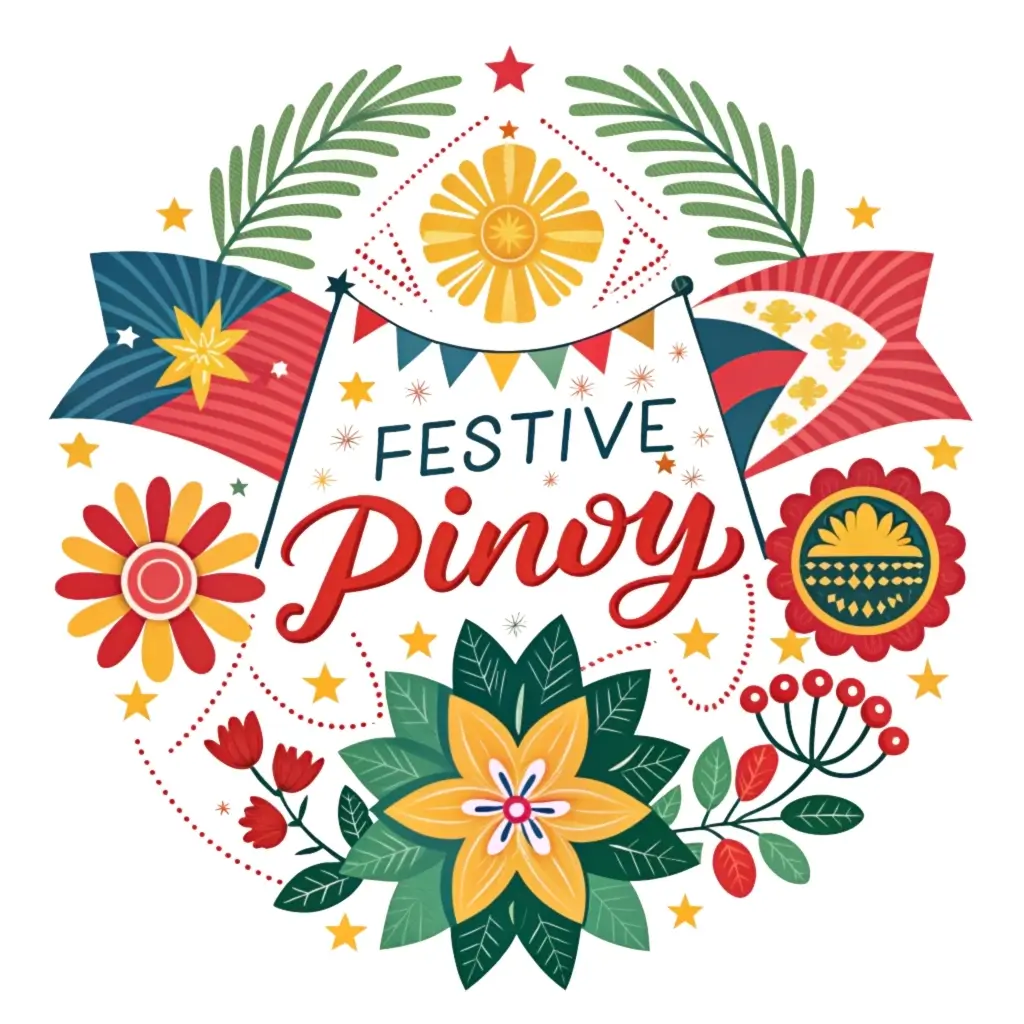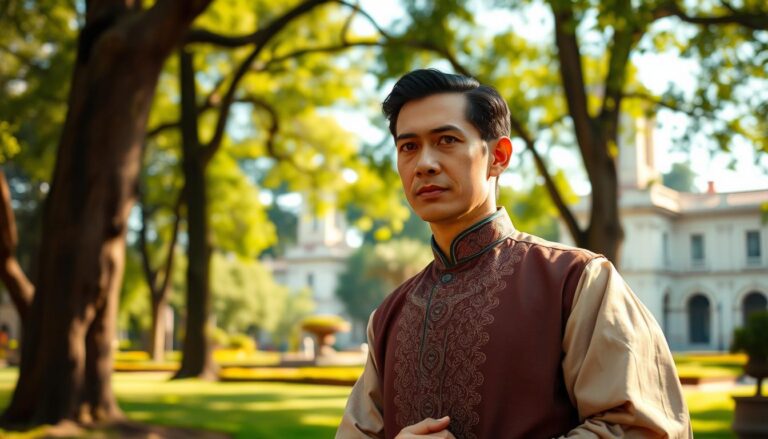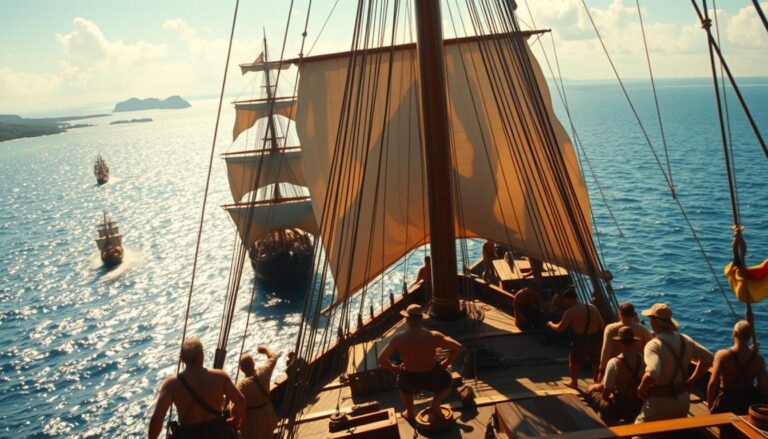Explore the Vibrant Culture and Traditions of Ancient Filipinos

Ancient Filipino culture is a diverse mosaic woven from over 175 ethnic groups, each with unique traditions. You’ll discover a rich heritage shaped by Malay, Chinese, Indian, and Islamic influences. Explore the intricate social structures of indigenous tribes like the Igorot and Lumad.
Marvel at architectural wonders, from stilt houses to rice terraces. Witness the mastery of ancient Filipinos in arts, crafts, and agriculture. Experience the enchanting world of traditional music, dance, and oral storytelling.
Uncover the deep-rooted spirituality that permeates daily life. This fascinating journey through time reveals the enduring legacy that continues to shape modern Filipino identity.
Key Takeaways
- Ancient Filipino culture was shaped by diverse ethnic groups, each with unique traditions and practices.
- The baybayin script emerged as a means to record oral traditions and preserve cultural heritage.
- Indigenous beliefs, including animism, played a significant role in daily life and rituals.
- Ancient Filipinos excelled in metalworking, boat-building, and advanced agricultural techniques for rice cultivation.
- Traditional arts, such as weaving, pottery, and storytelling, were integral to ancient Filipino entertainment and cultural expression.
Ethnic Groups and Cultural Diversity in the Philippines
Picture a vibrant mosaic of cultures spanning over 7,000 islands – that’s the Philippines, home to more than 175 ethnic groups, each with its own unique traditions and practices. This cultural diversity is a reflection of the rich heritage of ancient Filipinos, whose customs have been passed down through generations.
As you explore the Philippines, you’ll encounter indigenous tribes like the Igorot, Lumad, and Mangyan, each showcasing distinct aspects of Filipino culture. The Aeta, B’laan, and T’boli further enrich this fabric with their preserved ways of life.
Ancient Filipinos developed intricate social structures and belief systems, evident in the customs of groups like the Ifugao, Manobo, and Tagbanwa. You’ll be captivated by the traditional attire, rituals, and art forms of the Kalinga, Badjao, and Ivatan, which offer glimpses into their ancestral heritage.
These ethnic groups represent the diverse cultural traditions that have shaped Filipino identity. From the highlands to the coastal regions, you’ll discover a wealth of practices that reflect the deep connection ancient Filipinos had with their environment and communities.
Historical Influences on Ancient Filipino Culture
While ancient Filipino culture was shaped by its diverse ethnic groups, it was also profoundly influenced by interactions with other civilizations throughout history. The Philippines’ strategic location in Southeast Asia made it a hub for trade, exposing ancient Filipinos to various cultural influences from neighboring regions and ancient civilizations.
You’ll find that the diverse culture of ancient Filipinos was enriched by Malay, Chinese, Indian, and Islamic influences. These interactions introduced new ideas, technologies, and practices, such as advanced rice cultivation techniques. Trade routes not only facilitated the exchange of goods but also the spread of beliefs and traditions.
One of the most significant cultural elements that emerged was the baybayin script, an ancient writing system that allowed Filipinos to record their rich oral traditions. Storytelling played an important role in preserving myths, legends, and epics, which often reflected the animistic beliefs prevalent in ancient Filipino society.
As you explore ancient Filipino culture, you’ll discover a complex blend of traditions that combined indigenous practices with foreign influences, creating a unique and vibrant cultural identity that continues to resonate in modern Filipino society.
Indigenous Peoples and Austronesian Culture
Ancient Filipino culture is deeply rooted in the rich traditions of its indigenous peoples and their Austronesian heritage. As you explore the vibrant mosaic of ancient Filipino society, you’ll discover a fascinating blend of diverse customs and beliefs that have shaped the nation’s identity.
The Philippines is home to numerous indigenous groups, each with their own unique traditions and belief systems. From the Aeta and Igorot to the Lumad, these communities have preserved their ancestral practices for generations. You’ll find that many of these tribes share common threads of Austronesian culture, which has influenced their language, art, and social structures.
One of the most significant aspects of ancient Filipino culture is animism, a belief system that honors nature spirits and ancestors. This spiritual connection to the natural world is reflected in various aspects of daily life, from rituals to creative expressions.
As you explore further into ancient Filipino traditions, you’ll encounter the enthralling world of Filipino music, dance, pottery, and weaving techniques. These art forms showcase the intricate craftsmanship and creativity that have been passed down through generations, embodying the essence of Austronesian cultural heritage.
Architecture and Religion in Ancient Filipino Culture
The architecture and religious practices of ancient Filipinos offer a fascinating glimpse into their cultural identity, blending ingenious building techniques with deeply held spiritual beliefs.
You’ll find that ancient Filipino architecture was characterized by stilt houses, bahay kubo, and balay na bato, showcasing their mastery of indigenous building methods. These structures weren’t just functional; they reflected a deep connection to the environment, utilizing materials like bamboo, nipa palm, and wood.
Ancient Filipinos’ religious beliefs centred around animism and ancestor veneration. You’d have seen temples and shrines dedicated to various deities scattered across the landscape, serving as focal points for spiritual practices and rituals. This reverence for nature and the supernatural permeated every aspect of their lives.
Today, you can still witness the legacy of ancient Filipino architecture in marvels like the Ifugao rice terraces, which stand as a confirmation of their engineering prowess.
Additionally, Spanish-era churches in the Philippines blend colonial influences with indigenous techniques, offering a unique window into the evolution of Filipino architecture. These structures serve as enduring reminders of the rich cultural heritage that continues to shape Filipino identity.
Cultural Achievements of Pre-Colonial Philippines
Pre-colonial Filipinos left an indelible mark on history with their remarkable cultural achievements, spanning from sophisticated writing systems to advanced agricultural practices. You’ll be fascinated to learn about their mastery of Baybayin, a complex writing system that showcased their linguistic prowess. This ancient script wasn’t just functional; it was an art form in itself, reflecting the creativity and intellect of pre-colonial Filipinos.
Their cultural achievements extended far beyond writing. You’ll be impressed by their:
- Exceptional metalworking skills, crafting intricate gold jewellery and artifacts
- Expertise in boat-building, creating vessels that facilitated trade and exploration
- Advanced agricultural techniques, cultivating crops like rice and sugarcane
These achievements were deeply intertwined with their spiritual beliefs. Pre-colonial Filipinos practised animism, forging a profound connection with nature. They believed in environmental spirits and deities, which influenced their daily lives and cultural practices.
As you explore further into the cultural achievements of the pre-colonial Philippines, you’ll discover a rich array of skills, beliefs, and innovations that continue to shape Filipino identity today.
Family Ties and Traditional Values in Filipino Society
Have you ever wondered why Filipino families seem so tightly knit? At the heart of Filipino society, you’ll find an intricate web of family ties and traditional values that shape every aspect of daily life.
Extended families often live together, fostering a sense of unity and mutual support. You’ll notice the deep respect for elders, evident in customs like ‘pagmamano‘ and the use of respectful terms ‘po‘ and ‘opo’ when addressing them.
Childcare responsibilities are shared among family members, with grandparents frequently stepping in as primary caregivers. This reflects the significant role that family-centric values have been passed down through generations.
When it comes to marriage, you’ll see the importance of family approval and involvement, as both civil and religious ceremonies are typically observed.
Education plays a vital role in Filipino society, often determining social status and shaping relationships. You’ll find that Filipinos place great emphasis on educational attainment, viewing it as a key to success and social mobility.
These traditional values and family ties continue to influence the social structure of Filipino communities, creating a unique blend of ancient customs and modern aspirations.
Traditional Arts and Entertainment in Ancient Filipino Culture
Vibrant and diverse, ancient Filipino arts and entertainment captivated communities through a rich array of visual, musical, and performative traditions. You’d find traditional arts like weaving, pottery, and wood carving at the heart of ancient Filipino culture, creating intricate and culturally significant crafts that reflected their deep connection to nature and spirituality.
Entertainment in ancient Filipino society wasn’t just about amusement; it was a significant form of cultural expression. You’d experience:
- Enchanting music and dance performances that told stories of love, heroism, and mythology
- Gripping oral traditions that passed down myths, legends, and epics through generations
- Mesmerizing ‘singkil’ dances and ‘balagtasan’ poetry debates that showcased artistic prowess
Indigenous tribes displayed their unique artistic talents through elaborate body tattoos, intricate jewellery, and colourful textiles, each design telling a story of their heritage and beliefs. These performing arts weren’t just entertainment; they were an essential means of preserving and celebrating Filipino cultural identity.
Cultural Heritage Sites and Preservation
While ancient Filipinos expressed their culture through art and entertainment, you’ll find their enduring legacy etched into the landscape itself through remarkable cultural heritage sites. UNESCO World Heritage Sites like the 16th-century churches and ancient rice terraces offer glimpses into the ingenuity and spirituality of ancient Filipinos.
As you explore these sites, you’ll witness the fusion of indigenous traditions and Spanish colonial influences that shaped the Philippines’ cultural landscape. The National Museum in Manila houses an extensive ethnographic collection, providing insights into the cultural practices of ancient Filipinos.
| Site/Practice | Significance |
|---|---|
| Rice Terraces | Engineering marvel |
| Churches | Spanish colonial architecture |
| Traditional Arts | Weaving, pottery, wood carving |
| Babaylan Rituals | Spiritual healing practices |
| Pahiyas Festival | Harvest celebration |
Frequently Asked Questions
What Is an Example of a Cultural Tradition in the Philippines?
You’ll find Bayanihan as a prime example of Filipino cultural tradition. It’s the practice of community members coming together to help a neighbour, often by physically moving their house to a new location.
What Is the Oldest Culture in the Philippines?
You’ll find the oldest culture in the Philippines dates back to prehistoric times. Evidence of early human presence has been discovered in sites like Tabon Cave in Palawan, revealing a rich history spanning thousands of years.
What Are the Cultural Influences of the Philippines?
You’ll find that the Philippines’ cultural influences are a rich mosaic. They’re shaped by Spanish colonization, American rule, and indigenous traditions. This unique blend has created a diverse culture with Asian and Western elements.
What Is the Early Philippine Society and Culture?
You’d find early Philippine society organized into barangays led by datus. They practised animism and had a hierarchical structure. Their culture embraced skilled artistry, trade with neighbours, and rich traditions passed down through generations.
Conclusion
Ancient Filipino culture, rich in diversity and tradition, continues to shape modern Filipino identity. From intricate arts and crafts to deep spiritual beliefs, the legacy of over 175 ethnic groups is evident in everyday life.
This vibrant heritage, reflected in both historical sites and cultural practices, remains a living legacy to be experienced and appreciated today.






